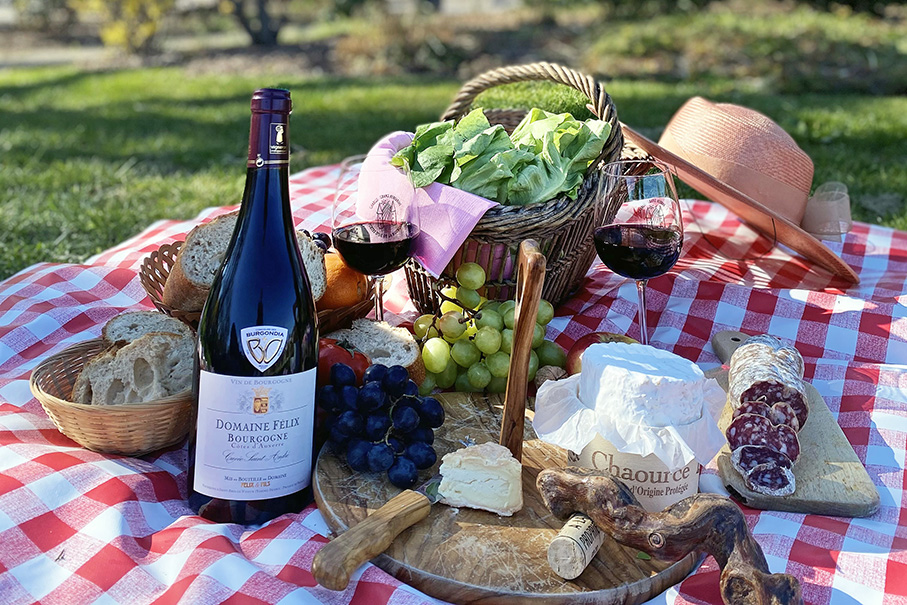Saint-Bris is Burgundy’s only appellation permitted to produce white wines from Sauvignon Blanc and Sauvignon Gris, setting it apart in a region dominated by Chardonnay. Located near Chablis, its cool climate and limestone soils yield crisp, aromatic wines with lively acidity. Typical aromas include citrus, gooseberry, and flint, often with a subtle salinity reflecting the Kimmeridgian terroir. Saint-Bris offers a fascinating alternative to Chablis—familiar in freshness but distinct in varietal character. These wines are excellent young, pairing beautifully with oysters, goat cheese, or light salads, and showcase Burgundy’s diversity and capacity for surprise.

